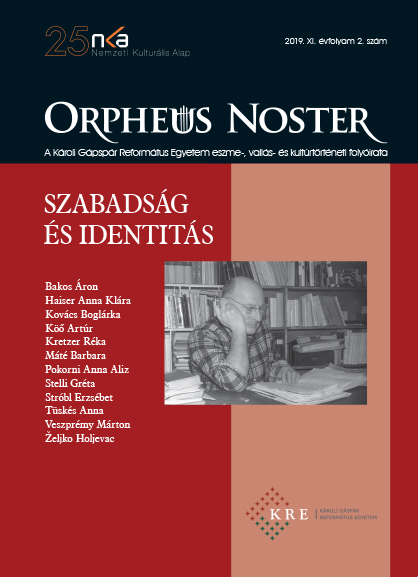Divat és hazafiasság találkozása a táncparketten – a két világháború közötti pécsi báli élet jellemzőiről
Fashion and Patriotism at the Dance floor. Characteristics of the Dancing Habits in Pécs Between the two World Wars
Author(s): Anna Klára HaiserSubject(s): Cultural history, Social history, Gender history, Interwar Period (1920 - 1939), Historical revisionism
Published by: Károli Gáspár Református Egyetem
Keywords: ball; irredentism; revisionism; World Wars; society; women’s changing roles
Summary/Abstract: This paper focuses on the characteristics of the dancing life between the two World Wars in the city of Pécs. My primary sources are a Catholic daily newspaper: Dunántúl, and a jurist’s contemporary diary (Jenő Arató). While revisionism was significant in Hungarian public life, cultural trends, such as jazz, which arrived from Western societies were also important. Nevertheless, it should not be forgotten that appearing on the dance floor has another function: finding a future spouse. The poor economic situation, women’s changing roles and other social tensions brought up some less known problems with dancing habits, some of which are revealed in this article.
Journal: Orpheus Noster. A KRE Eszme-, Kultúr-, és Vallástörténeti Folyóirata
- Issue Year: XI/2019
- Issue No: 2
- Page Range: 47-61
- Page Count: 15
- Language: Hungarian

